Many Washingtonians love their top-two primary system because every voter can vote for any candidate in primary elections, regardless of party affiliation. Rather than picking contenders by party, the primary is supposed to advance the overall best-liked two candidates to the general. But sometimes the top-two primary system fails to provide a good option for many voters. Though nearly half of Washingtonians often prefer a conservative candidate, the 2020 contest for Lieutenant Governor presented voters with only two Democrats, leaving many voters feeling left out. In contrast, an open top-four primary like Alaskans just voted to adopt would give voters more options.
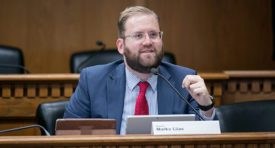
Washington State Senator, Marco Liias.
Two left-leaning candidates advanced in a crowded primary
Eleven candidates officially ran for Lieutenant Governor in the primary: four Democrats, five Republicans, and two Libertarians. Democratic voters coalesced around the two candidates who advanced to the general, former Representative Denny Heck and State Senator Marko Liias. Heck received 25 percent of the primary vote and Liias received 18.5 percent. The other two Democratic candidates combined for 11 percent of the vote. Altogether, the four Democratic candidates received 54.9 percent of the primary vote, indicating a majority, but not all, voters wanted a Democrat for Lieutenant Governor.

Denny Heck may still have won the Lieutenant Governor’s seat with a top-four primary and ranked choice voting, but voters would have had more choices and more voice.
There was no clear frontrunner among the Republican candidates. Three Republicans each received around ten percent of the primary vote: Ann Davison Sattler (12 percent), Marty McClendon (11.4 percent), Richard Muri (10.1 percent) and Joseph Brumbles (7 percent), while Bill Penor received 2 percent. Altogether, the five Republican candidates received 42.9 percent of the primary vote.
Because a handful of Republican candidates split Washington’s right-leaning votes too many ways, the state’s top-two primary system advanced two Democratic candidates despite Republican candidates receiving over 40 percent of the primary vote combined.
In some districts where voters lean heavily left or right, it may make sense for the top-two primary to advance two representatives from the same party. In Seattle, for example, when two left of center candidates can advance to the general most voters may feel they have sufficient options. But in a statewide race, many voters feel something is amiss when they are denied the option to cast a general election ballot for a conservative.

With a top-four primary, Joshua Freed would likely have advanced to the general election for Governor due to his third place finish.
Republican Joshua Freed’s long shot general election write-in campaign
Broadly speaking, Denny Heck and Marko Liias represented the moderate and progressive wings of the Democratic Party, respectively. However, as shown in the primary results, Washington is home to many people who would prefer a Republican candidate over either Denny Heck or Marko Liias. Enter former Bothell Mayor Joshua Freed.
Freed’s bid for Governor ended after he came in third place to Loren Culp in the August primary. Seeing that voters would have no conservative option on the general ballot for Lieutenant Governor, he decided to launch a long shot write-in campaign. He managed to capture about 20 percent of the general election vote. (Washington State does not report how many votes each write-in candidate received. Write-in candidates received a combined 20.9 percent of the vote, the vast majority of which Sightline assumes went to Freed due to his being the only major write-in campaign of the cycle.)
Moderate Democrat Heck won with 45.6 percent, and the more progressive Liias received 33.5 percent. This is, ultimately, probably a representative result for a statewide race: on average, Washington leans moderate left.
But what would have happened if the more than 40 percent of voters who wanted a conservative had been aware of Freed’s write-in candidacy? For example, if the 20 percent of voters who chose a Republican candidate in the primary but voted for one of the Democrats in the general—likely the more moderate Heck—had known about Freed’s campaign, he might have ridden to victory with 40 percent of the vote, to Heck’s 26 percent and Liias’s 34 percent.
The top-two primary robbed voters of options and robbed the winner of a mandate
Conservative voters saw no good option on the ballot. A lack of options can turn voters off to full democratic participation, making them feel their voice doesn’t matter in our current election systems, and they aren’t represented in Olympia. We can clearly see voters’ dissatisfaction in the sharp drop-off in votes for the Lieutenant Governor seat in the general race.
In the primary, voters cast about the same number of votes for Lieutenant Governor and Governor: 2.4 million votes were cast for Lieutenant Governor compared to 2.5 million votes cast for Governor. This is common; top of the ticket races usually receive more votes as some voters do not fill out their entire ballot.
But there was a steep decline in voter participation in the lieutenant gubernatorial race in the general. Over 4 million votes were cast for Governor compared to just 3.6 million cast for Lieutenant Governor. If votes were cast at the same rate as in the primary, there are about 300,000 votes missing, likely from conservative leaning voters unhappy with their two choices.
In addition, Heck will now hold the seat of Lieutenant Governor, and possibly of Governor if Jay Inslee were to leave office for a post in the Biden administration, with less than half the votes. That gives him a weaker mandate than, perhaps, he deserves.
Imagine: A top-four open primary with ranked choice voting in the general
The general election contest would have looked very different under a top-four primary with a ranked choice voting system like Alaska passed this year.
Under Alaska’s system, all candidates compete in the same primary, just like in Washington, except the top four advance to the general instead of the top two. Moderate Republicans Ann Davison Sattler and Marty McClendon were the third and fourth place candidates in the 2020 primary and would have advanced to the general to compete against Denny Heck and Marko Liias. (Joshua Freed would have advanced to the general election for Governor due to his third place finish in the primary.)
The immediate benefit of a top-four primary is that a wider range of political views are represented among the general election candidates. Conservative voters would have been able to vote for either Sattler or McClendon instead of one of the two Democrats on the ballot, likely resulting in higher voter participation in the general election.
Ranked choice voting in the general would grant the winner a strong mandate. Under the current system, Denny Heck won with only 45.6 percent of the vote; with ranked choice voting voters rank their top choice candidate as well as second and third choices, and so on, and no winner is declared until a candidate receives more than 50 percent of the active vote.
Ranked choice voting works by having voters rank the candidates. If a candidate receives more than 50 percent of the first choice votes, the election is over and that candidate wins. If no candidate receives 50 percent of the first choice votes, the last place candidate is eliminated and their ballots are distributed to the next-ranked candidates. This continues until a candidate receives at least 50 percent of the vote, ensuring that the winner has broad support.
Here is how it might have looked in the Washington Lieutenant Governor’s race.
In the primary, Democratic candidates received 55 percent of the vote while Republican and Libertarian candidates received 45 percent. Assuming a similar distribution in a four-way general race, it could have looked like this:
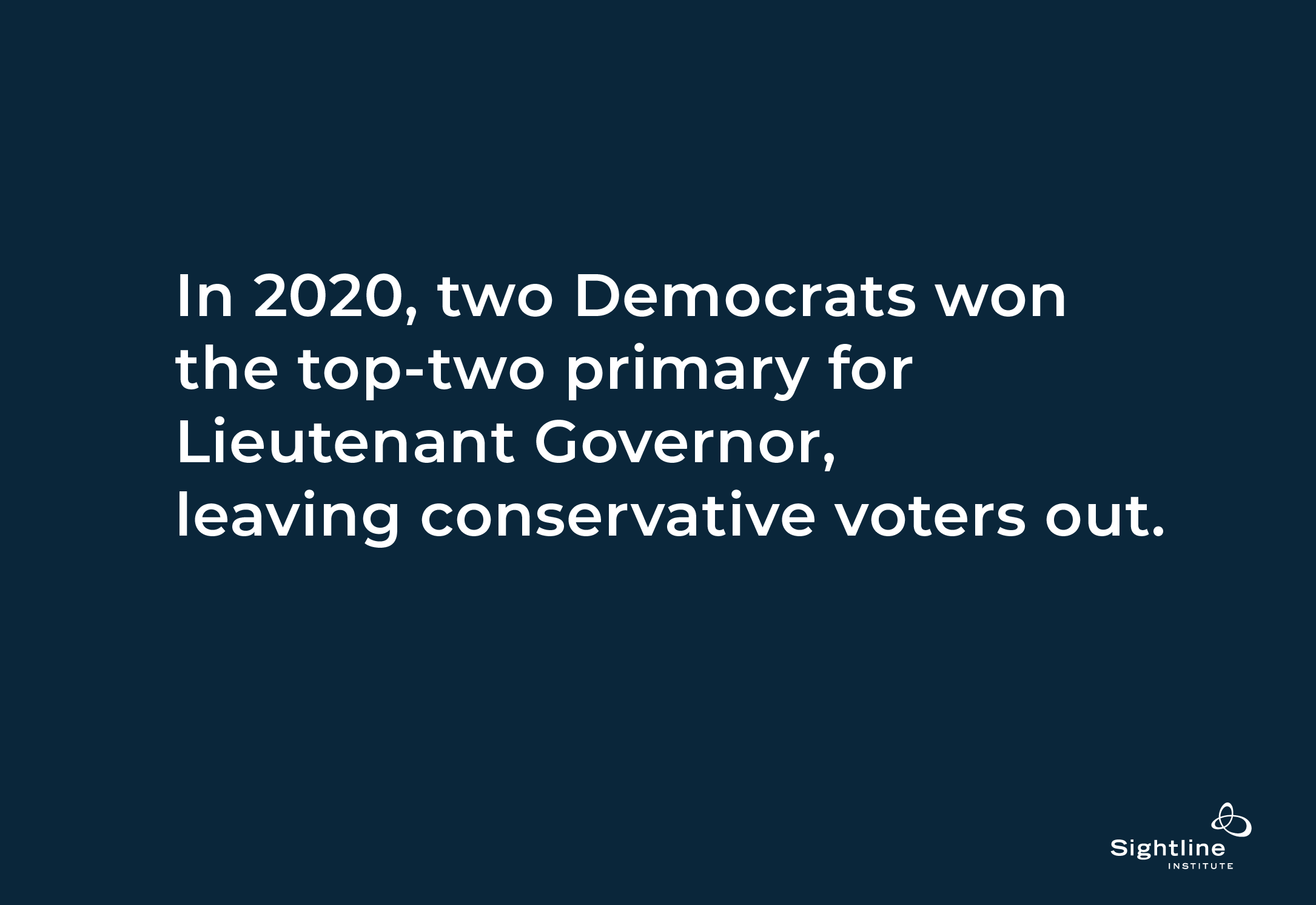 In round one, no candidate won more than half. In round two, the last-place candidate is eliminated. Most of his voters rank the other Republican second. And in round three, the last-place candidate is eliminated. Most of his voters rank the other Democrat next.
In round one, no candidate won more than half. In round two, the last-place candidate is eliminated. Most of his voters rank the other Republican second. And in round three, the last-place candidate is eliminated. Most of his voters rank the other Democrat next.
Denny Heck would likely still win and be Washington’s next Lieutenant Governor, but he would likely have had a strong mandate from a clear majority of the voters. Conservative voters would have had a chance to hear conservative candidates on the campaign trail and to vote for someone they supported.
A top-four primary with ranked choice voting in the general ensures winners receive a majority of votes and widens the options for voters across the political spectrum.
Sightline Institute is a 501(c)3 non-profit organization and does not support, endorse, or oppose any candidate or political party.
Zane Gustafson, research contributor, holds a master of public affairs degree, with a focus in climate policy, from the Evans School of Public Policy and Governance at the University of Washington. He also studies foreign affairs, political rhetoric, and American history.
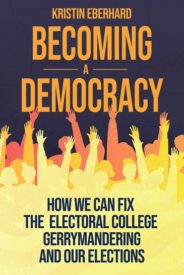 Kristin Eberhard, Director, Climate and Democracy and author of Becoming a Democracy: How We Can Fix the Electoral College, Gerrymandering, and Our Elections, is a researcher, writer, speaker, lawyer, and policy analyst who spearheads Sightline Institute’s work on democracy reform and on climate action. She researches, writes about, and speaks about elections systems and democracy reform, with particular expertise on Vote By Mail and proportional representation. Eberhard lives in Oregon, an all-Vote By Mail state. She is available to discuss tested, safe, fair COVID-19 election practices, state by state. Find all Eberhard’s latest research here.
Kristin Eberhard, Director, Climate and Democracy and author of Becoming a Democracy: How We Can Fix the Electoral College, Gerrymandering, and Our Elections, is a researcher, writer, speaker, lawyer, and policy analyst who spearheads Sightline Institute’s work on democracy reform and on climate action. She researches, writes about, and speaks about elections systems and democracy reform, with particular expertise on Vote By Mail and proportional representation. Eberhard lives in Oregon, an all-Vote By Mail state. She is available to discuss tested, safe, fair COVID-19 election practices, state by state. Find all Eberhard’s latest research here.
For press inquiries and interview requests, please contact Anna Fahey.

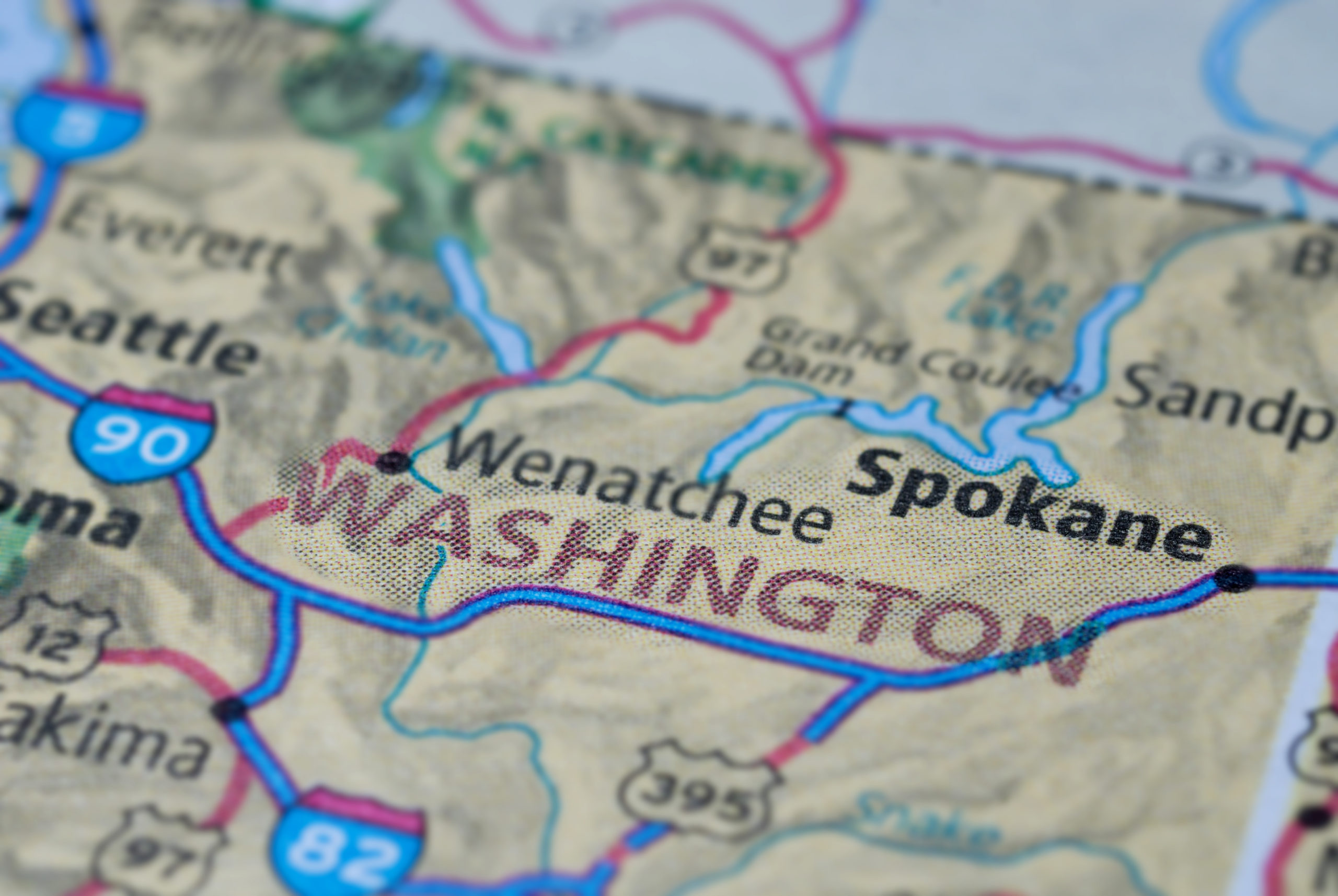
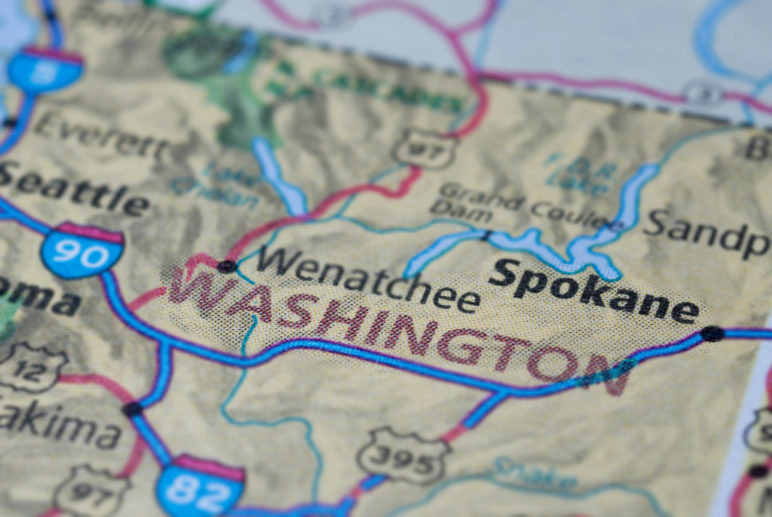








Mary Francis
In the summer of 2020, a group of Oklahoma organizers created Rank the Vote Oklahoma. We plan to educate for 2 years and then circulate an initiative petition to put RCV on the ballot.
Constructive criticism from those experienced in elections are welcome.
Rankthevoteok.org